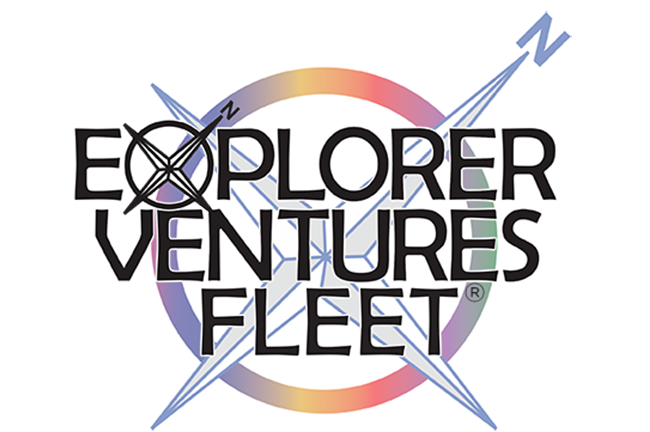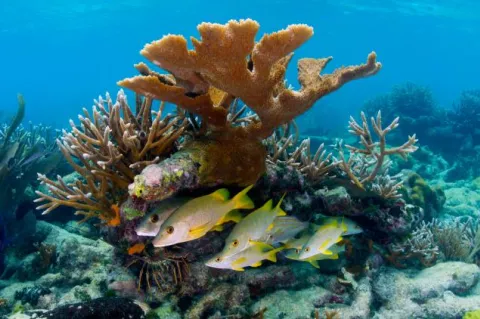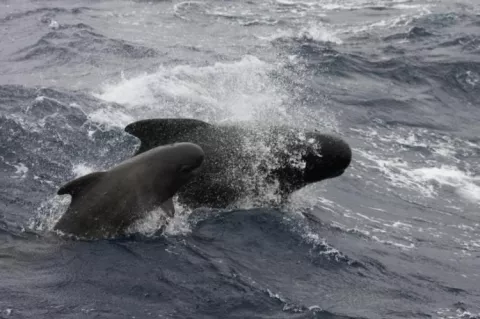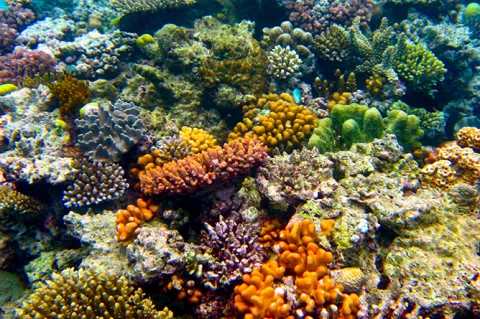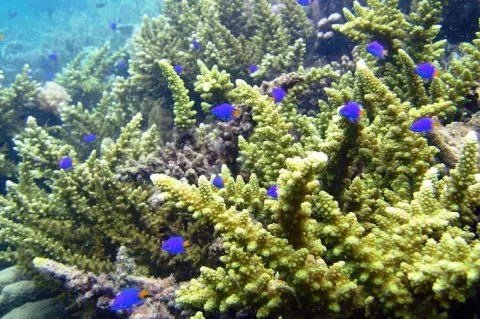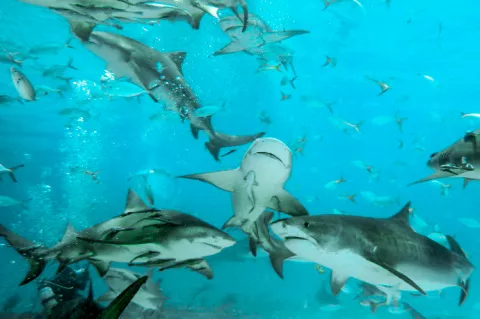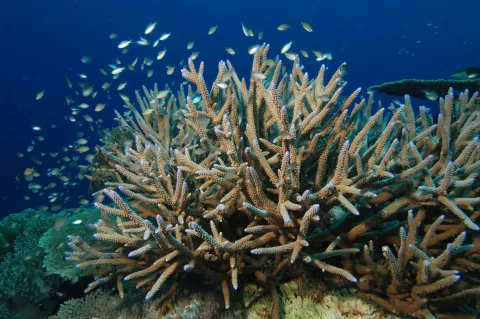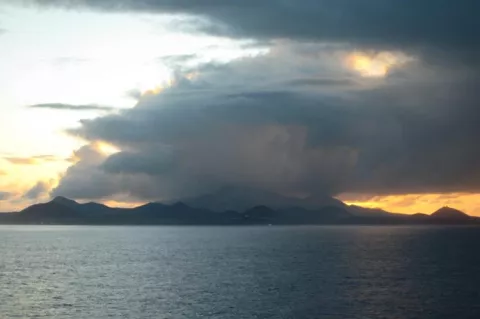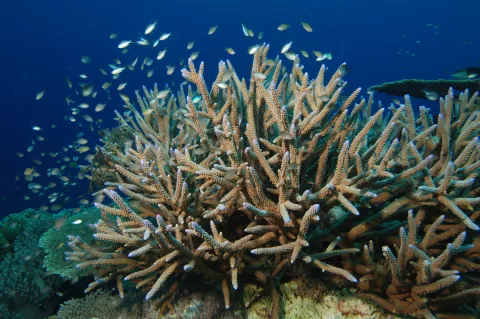Politics posing as shark science
Leaving aside the question of why shark scientists would work to undermine shark conservationists, its simplistic assertion focuses on just two unrelated subjects: the efforts to ban the shark fin trade, and the existence or not, of sustainable shark fisheries.



